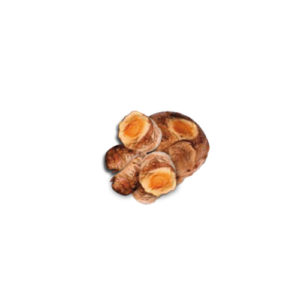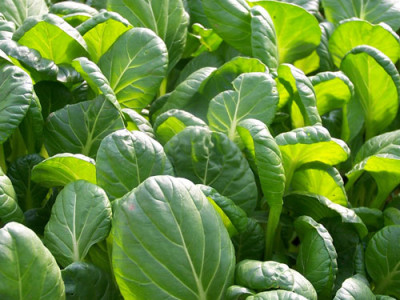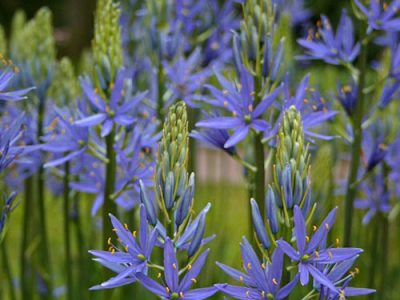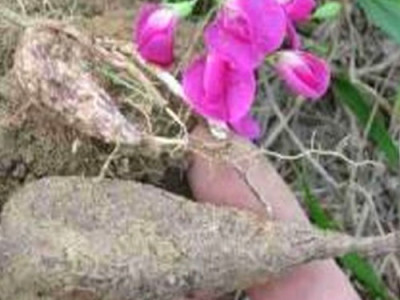
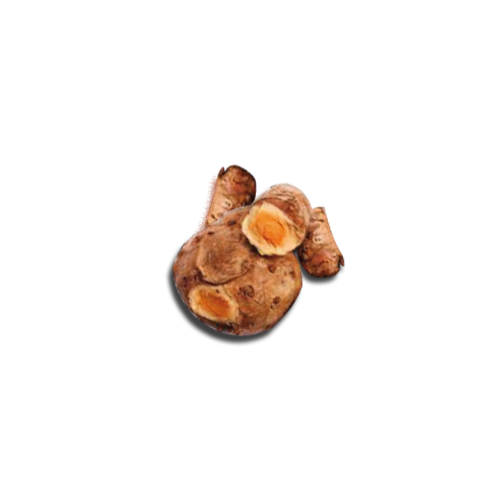
Zedoary or White turmeric
Zedoary uses and Benefits
Zedoary also called as White turmeric or temu putih comes under the family Zingiberaceae.This is a perennial herb.Monkeys also eat these flowers from the plant.
The botanical name of this plant is Curcuma zedoaria.
Zedoary Native
This plant is native to both India and Indonesia and now it is found in many parts of the world including US. Zedoary was introduced to Arabian countries by Europeans during 6th century. But today many countries use ginger instead of this one. Zedoary grows wonderfully in tropical and subtropical wet forest regions.
Growth And Properties
- This aromatic plant has yellow flowers with red and green bracts and the stem beneath the surface has large and tuberous branches.
- The leaf shoots are very long and can grow up to 1 m in height.
- The root of this plant is edible and it has white interior which has a fragrance of mango.
- But the flavor is somewhat like ginger.
- In the country of Indonesia, the root is ground to a powder and added to curry pastes.
- This is added as an ingredient in Thai salads.
- The roots are cut into slices and used in the dish name nam phrik which is nothing but Thai chilli pastes.
Zedoary Uses
- The essential oil extracted from the roots of the plant is used in perfumery and soap industries.
- The chemicals that are found in this plant are curcuminoid 1,7-bis(4-hydroxyphenyl)-1,4,6-heptatrien-3-one, and the sesquiterpenes procurcumenol and epiprocurcumenol.
- The paste of this plant is used on inflammation, wounds, skin ailments and pain.
- It is also used as a body stimulant, blood purifier, anti asthmatic, tones up the uterus, live stimulant, gastro-intestinal stimulant and other diseases that are related with abdomen.
- Zedoary is used for the treatment of snake bite, especially for cobra snake bite.
- It is also used commercially in liquors, perfumes, cosmetics and other such products. Indians use it as pepper.
Way of cultivation
Pzedoary (Citrus aurantium L.) is a species of citrus tree native to Southeast Asia and is grown for its edible fruits, known as pomelo or shaddock. It is a hardy and versatile species that can be grown in many climates, including subtropical and tropical areas. It is widely cultivated in countries such as Thailand, Malaysia, Vietnam, and the Philippines, and is gaining popularity in other parts of the world due to its health benefits and its unique flavor. Pzedoary is easy to grow and can be grown in containers or in the ground. It prefers warm temperatures and full sun, although it can tolerate light shade. It should be planted in well-draining soil and should be watered regularly, but not excessively. Mulching around the tree can help retain moisture in the soil. Fertilizer should be applied in early spring and mid-summer to encourage healthy growth and fruit production. Pruning is generally not necessary, but the tree can be trimmed to help maintain its shape and size. Pzedoary fruits can be harvested when they reach maturity, usually between late summer and early fall. The fruits are large, round and have a thick, yellow rind that is sweet and juicy. The flesh is a pale yellow color and can be eaten raw or used in recipes. The seeds can be dried and used for propagation. Pzedoary is a popular choice for gardens and is a great addition to any landscape. It is easy to care for and produces large, flavorful fruits that are full of vitamins and minerals. With proper care, pzedoary can provide you with a bountiful harvest for many years to come.

